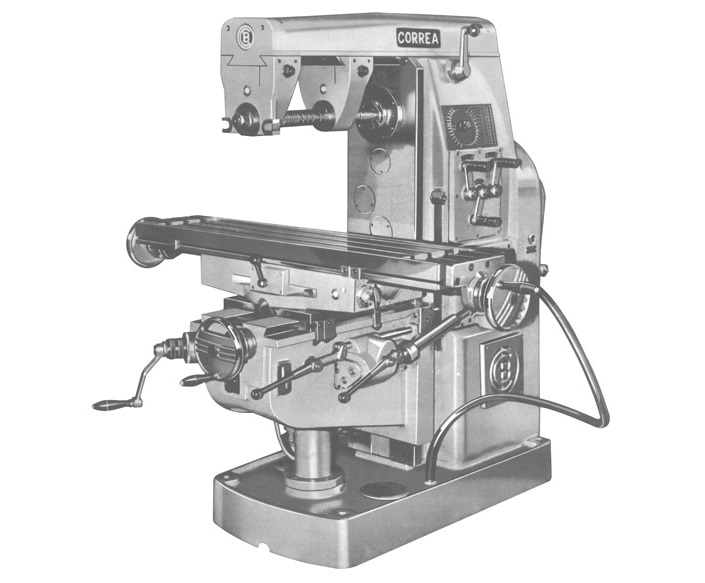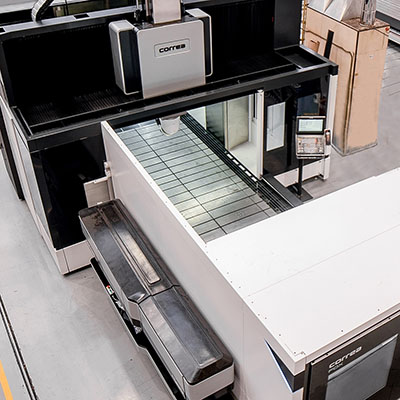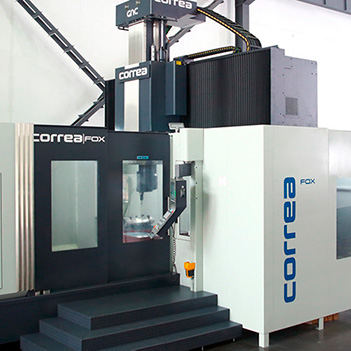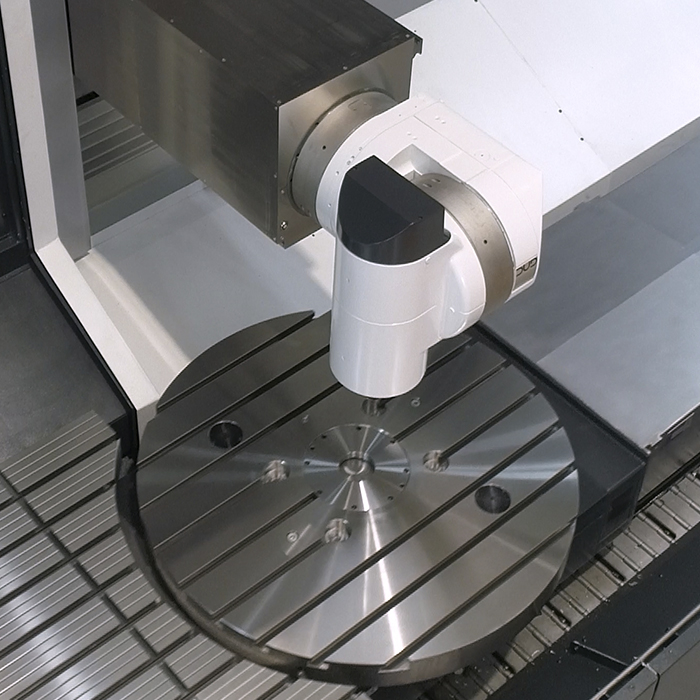What do you know about the first milling machine in history? It was as innovative that its features and functions were maintained for a century and a half

Do you know about the first milling machine in history? It was as innovative that its features and functions remained for a century and a half
As in many other occasions, the first record we have about a milling machine is from a war conflict. In 1789, the US Government requested for firearms manufacturing to the inventor Eli Whitney before an imminent war against France. Whitney developed a new manufacturing model based on the production of similar rifles parts that enable the exchange between different weapons. All designs were collected in a kind of patterns that had to be followed in the manufacturing process. For this purpose it was necessary a machine that could cut metals by following these patterns. So Whitney developed the first milling machine in 1818. This machine was so ahead of its time that kept all its features and initial functions for a century and a half.
It was after this century and a half when the first Correa milling machines were manufactured with a staff of just twelve workers. The first model was Correa BC-2000 and after that the F2 range appeared; a kind of machines that incorporate electromagnetic clutches enabling them to increase their roughing capacity, while maintaining the same level of precision. Between 1967 and 1975, Nicolás Correa manufactured the F5UA model, larger milling machines with squared and cubed cycles that rendered them more competitive at an international level. At the end of the 70’s, the structure of the milling machines was modified and they started to incorporate beds in order to offer greater robustness. For the first time, Nicolás Correa began to use “box in box” technology in the design of its milling machines. Up to 1997, the Correa A-30 milling machine was a major innovation, since it incorporated a numerical control. Moreover, thanks to its larger size, it was able to machine larger parts. From the 1990’s, Correa is defined as one of Europe´s leading companies in the field of milling solutions due to its new models.
The first milling machine in history maintained all its features and initial functions during a century and a half. However, after this period, the development of this kind of machine experienced a rapid growth as well as it happened in the Nicolás Correa machine range case. Technological and structural developments have completely changed our concept of milling machine and its applications and they became an essential tool in the parts machining of very different sectors.












